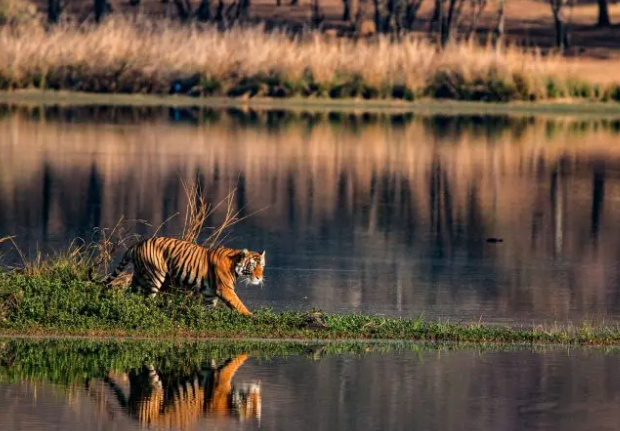Bengal Tiger Habitat: Understanding the Royal Bengal’s Home
The Bengal tiger, a majestic creature known for its striking orange coat and powerful presence, faces significant threats in its natural habitat. Understanding their habitat is crucial for conservation efforts and fostering respect for these incredible animals. By exploring where and how Bengal tigers live, we can better appreciate their role in the ecosystem and the challenges they face.
The Diverse Forests of India
Bengal tigers primarily inhabit the dense forests of India, which include tropical rainforests, savannas, and grasslands. They thrive in regions like Sundarbans, where mangrove forests meet the sea, providing a rich tapestry of environments. These forests offer essential resources such as ample prey, water sources, and cover for stalking and hunting. Preserving these habitats is critical, as fragmented environments can lead to decreased tiger populations and loss of biodiversity.
Threats to the Bengal Tiger Habitat
Despite their strength and adaptability, Bengal tigers face numerous threats. Habitat loss due to deforestation and urbanization is one of the most significant challenges affecting their survival. As human populations expand, forests are cleared for agriculture and development, reducing the area available for tigers. Additionally, poaching for their fur and body parts poses a severe risk, further jeopardizing their populations. Conservation programs focus on protecting these habitats through national parks and wildlife reserves, but ongoing efforts are necessary to combat these threats.
Conservation Efforts and Community Engagement
Various organizations and governments are working tirelessly to protect Bengal tiger habitats. Initiatives include establishing wildlife corridors to connect fragmented areas, enabling tigers to roam safely in search of food and mates. Furthermore, community engagement plays a vital role in conservation. Educating local populations about the importance of tigers in maintaining ecological balance fosters a sense of stewardship. By involving communities in conservation efforts, we empower them to co-exist with these magnificent animals.
In conclusion, understanding the Bengal tiger’s habitat is essential for their survival. By raising awareness and supporting conservation initiatives, we can help protect these iconic creatures and their environments. If you’re passionate about wildlife, consider supporting local conservation efforts or visiting a national park to witness the beauty of the Bengal tiger in its natural habitat.

